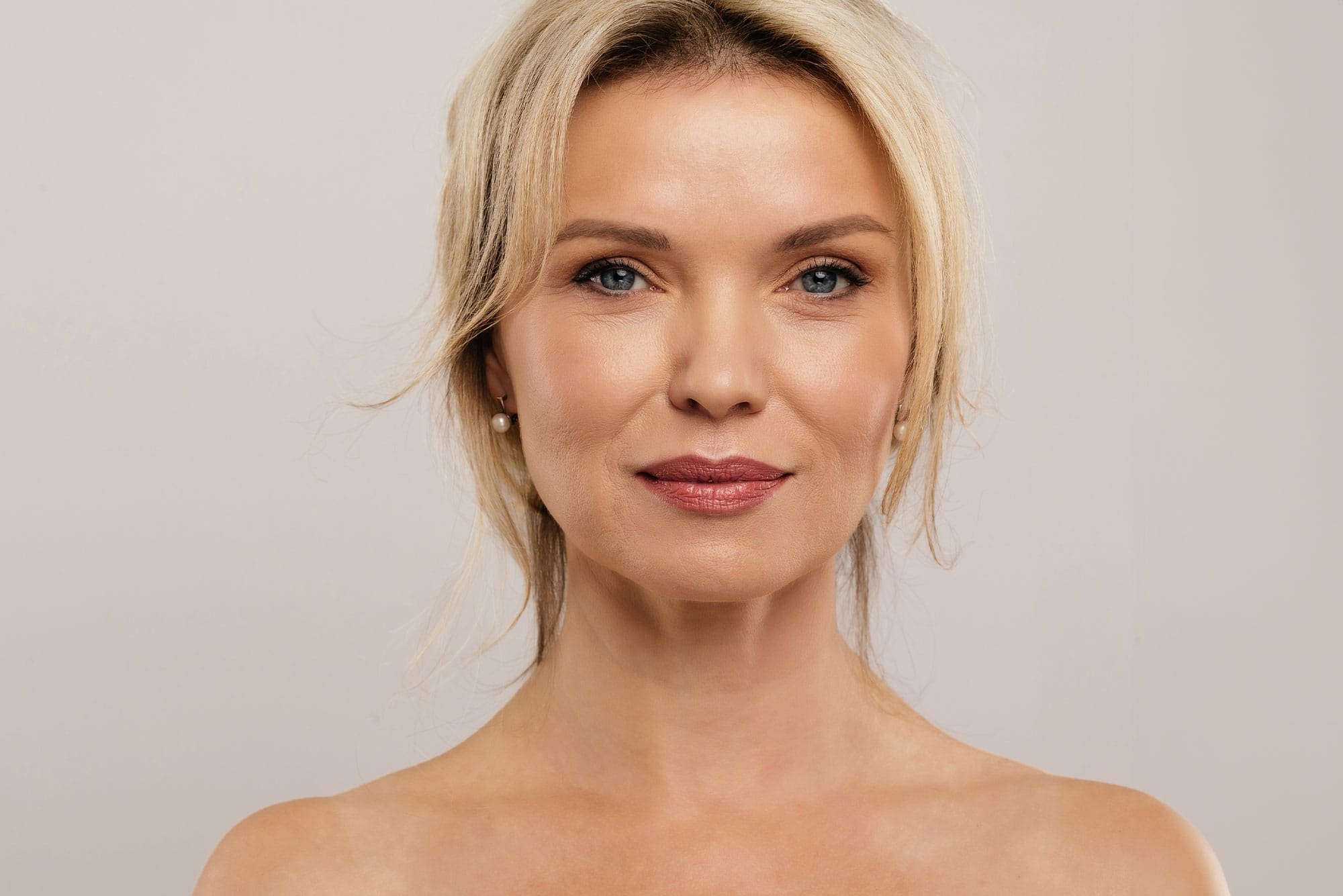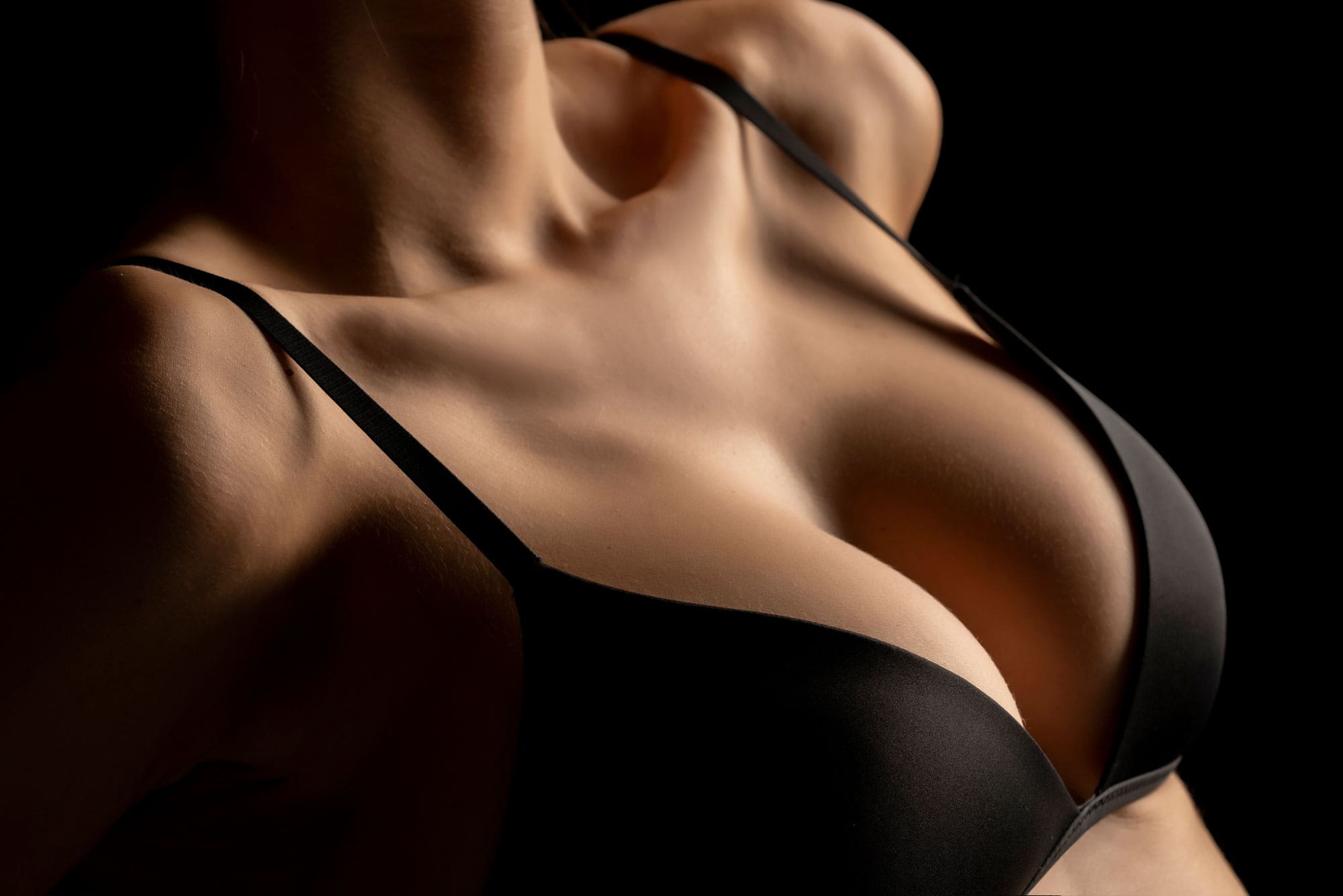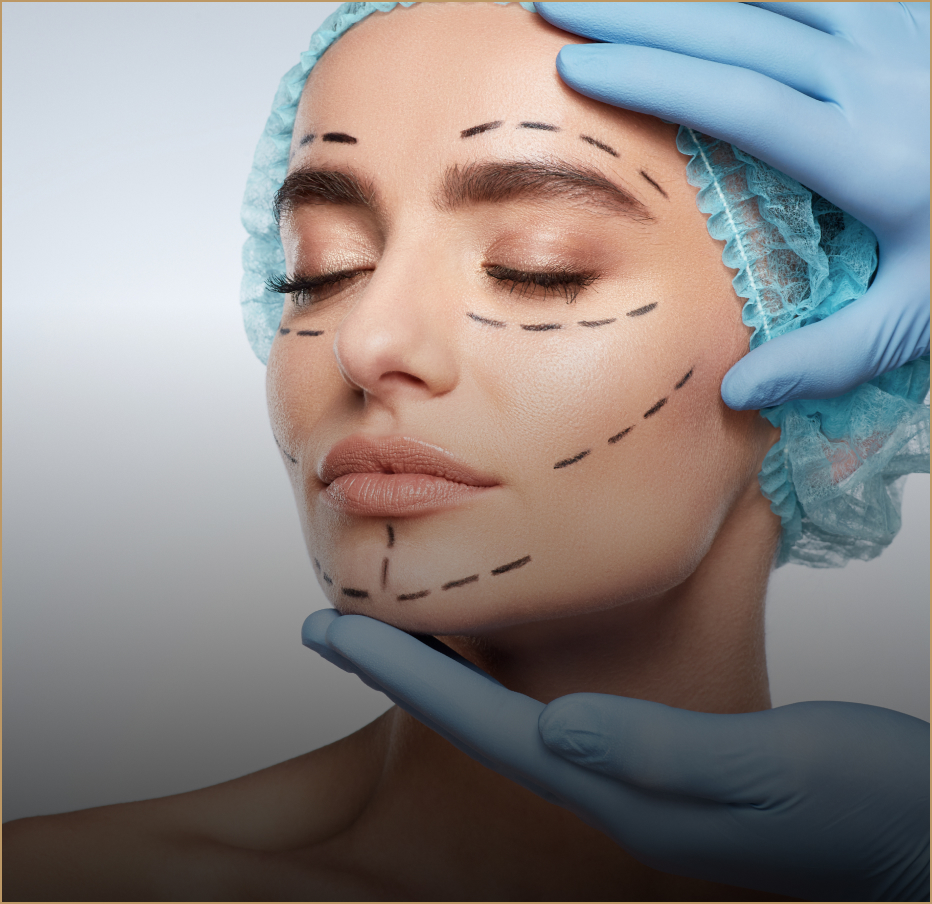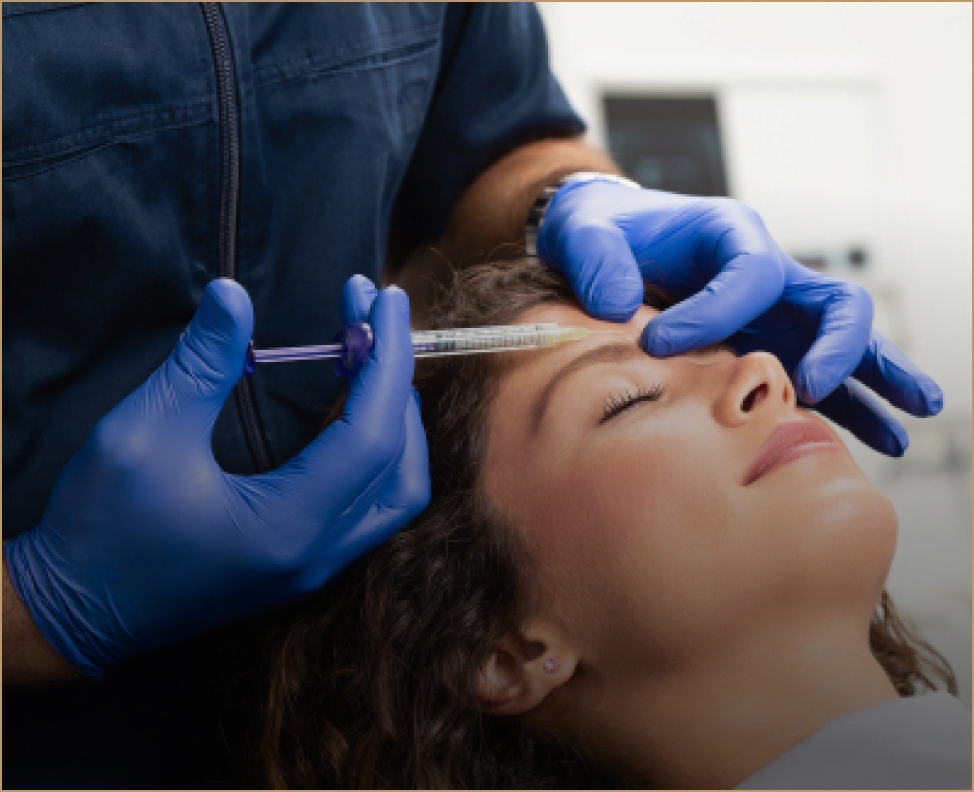Ultherapy is a non-surgical, non-invasive procedure designed to lift and tighten skin by stimulating collagen production deep beneath the skin’s surface. While the treatment is highly effective for facial rejuvenation, one of the common concerns from patients is the potential for bruising. In this article, we’ll explore the likelihood of bruising and how Ultherapy compares to other cosmetic treatments.
What is Ultherapy?
Ultherapy is an FDA-approved procedure that uses ultrasound energy to target the deeper layers of the skin. By heating the tissue beneath the surface, it promotes new collagen production, resulting in tighter, more lifted skin. The procedure is commonly used on the face, neck, and décolletage, and is particularly popular among individuals who want to avoid surgical facelifts.
Does Ultherapy Cause Bruising?
Bruising is a rare side effect of Ultherapy, with only about 5-10% of patients experiencing any visible bruising. This is because Ultherapy works by targeting tissue deep beneath the skin, leaving the outer layer undisturbed. Most patients can return to normal activities immediately after the treatment without showing any signs of having undergone the procedure.
Why Does Bruising Occur?
While rare, bruising can occur in a small percentage of patients. This happens when the ultrasound energy, which penetrates deep into the skin, affects blood vessels close to the targeted areas. Bruising is typically mild and resolves within a few days, making it less concerning compared to more invasive treatments.
Reducing the Risk of Bruising
To minimize the risk of bruising, patients can take certain precautions before and after the procedure:
- Pre-Treatment Preparation: Avoid taking blood-thinning medications or supplements like aspirin, ibuprofen, or vitamin E a few days before your treatment.
- Post-Treatment Care: Ice packs can help reduce inflammation or mild swelling if it occurs, and avoiding strenuous activity for the first 24 hours can also be helpful.
What to Expect After Ultherapy
Most patients leave the treatment session with no visible signs of having undergone Ultherapy. If bruising does occur, it is usually minor and localized to the treatment areas. Other potential side effects include mild redness, swelling, tingling, or tenderness, all of which typically subside within a few hours.
Is Ultherapy Right for You?
Ultherapy is ideal for individuals with early signs of aging who want a non-surgical option to lift and tighten their skin. It’s important to note that while Ultherapy can provide noticeable improvements, it is not a substitute for more invasive surgical procedures. Patients with more advanced skin laxity may benefit from a consultation to explore all available options, including surgical alternatives.
The Benefits of Ultherapy
Ultherapy offers several advantages, including:
- No Downtime: The treatment allows patients to resume their regular activities immediately.
- Long-Lasting Results: By stimulating collagen production, Ultherapy provides gradual and long-lasting improvements.
- Non-Invasive: With no incisions or anesthesia required, Ultherapy is a comfortable, minimally disruptive procedure.









